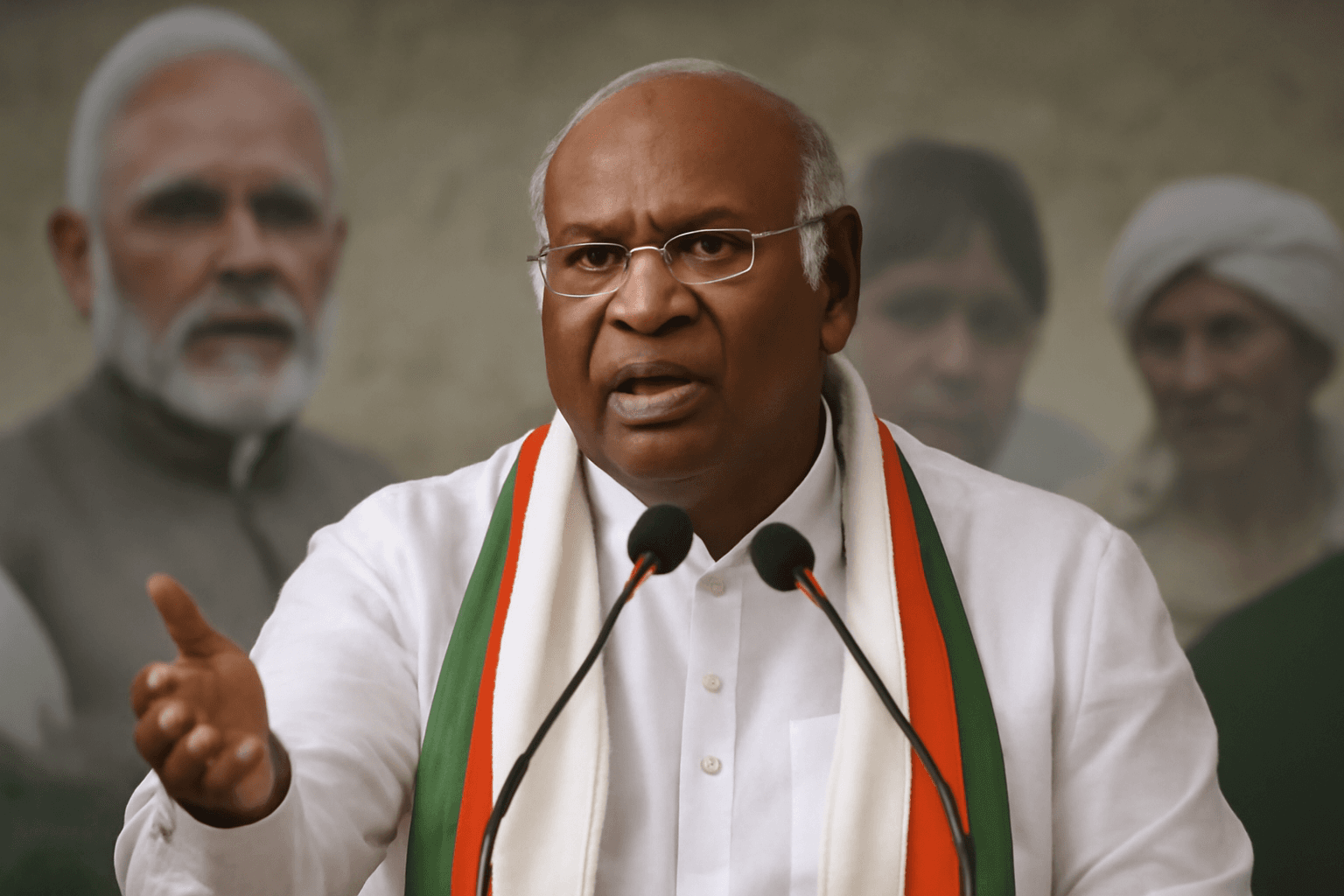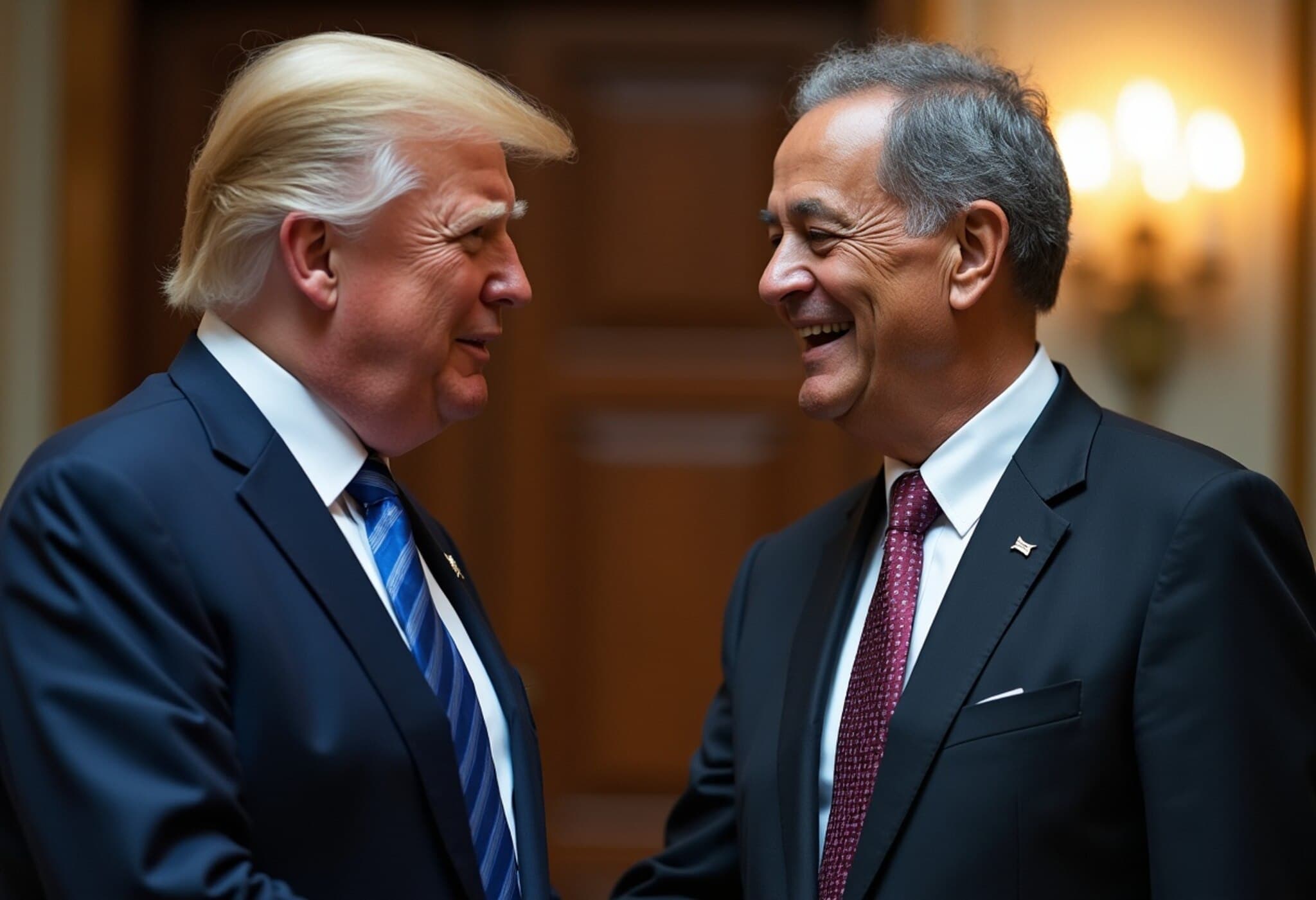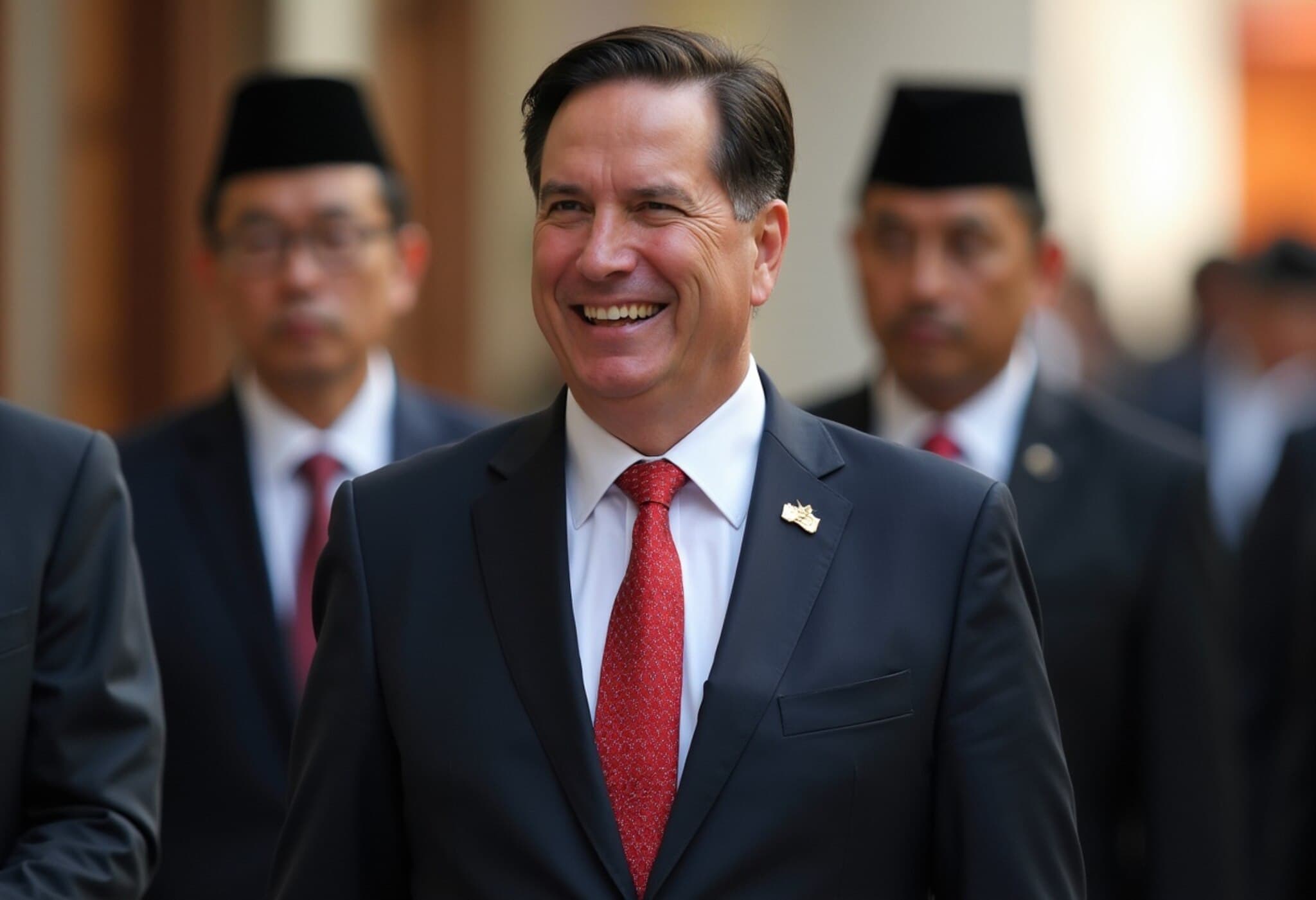Sean Duffy Appointed Interim NASA Administrator During Leadership Uncertainty
In a surprising yet strategic move, President Donald Trump has appointed Transportation Secretary Sean Duffy as the interim administrator of NASA, filling a leadership vacuum that has drawn considerable attention — not least due to the president's public conflict with billionaire Elon Musk.
Background: NASA's Leadership in Flux
The NASA administrator role had remained vacant since Trump abruptly withdrew his initial nominee, private astronaut and billionaire Jared Isaacman, this past May. Isaacman, who has close ties to Musk, was first announced for the post in December 2024, but his nomination's retraction sparked criticism from Musk and raised questions about the administration’s approach to managing America’s space program amidst political and commercial pressures.
Trump’s Official Statement and Political Dynamics
Taking to his platform Truth Social, Trump praised Duffy's work, stating, “Sean is doing a TREMENDOUS job in handling our Country’s Transportation Affairs … He will be a fantastic leader of the ever more important Space Agency, even if only for a short period of time.” This endorsement highlights the president's trust in Duffy to helm NASA during a turbulent period.
Trump has cited potential conflicts related to Musk’s ongoing business interests with NASA as a reason for retracting Isaacman’s nomination, calling it “inappropriate” to move forward with Isaacman as administrator given these ties. Musk, CEO of SpaceX, remains a pivotal figure in the American space landscape, fueling debates about how government and private sector interests intersect.
Reactions and Industry Implications
Isaacman, reflecting a diplomatic tone, welcomed Duffy’s appointment, tweeting his support and asserting, “NASA needs political leadership from someone the President trusts and has confidence in.” This underscores the importance of steady political guidance as NASA navigates a challenging era.
According to recent reports from Politico, the Trump administration is encouraging significant staff reductions at NASA through early retirements, buyouts, and deferred resignations. Approximately 2,100 senior personnel – out of a workforce of 18,000 – are anticipated to leave amid budgetary pressures, threatening institutional knowledge and capacity.
Contextual Insight: The Future of U.S. Space Policy
This leadership shuffle doesn't occur in isolation. The U.S. space sector is at a crossroads, balancing governmental ambitions with the rapid growth of private enterprises like SpaceX and Blue Origin. The wavering stability at NASA's helm raises critical questions:
- How will interim leadership impact NASA's long-term missions and international collaborations?
- What are the implications of workforce downsizing on ongoing scientific research and innovation?
- Can political friction with industry leaders like Musk be resolved to cultivate a coherent national space strategy?
Experts warn that leadership continuity is vital as NASA undertakes ambitious programs such as Artemis lunar missions and Mars exploration projects. Disruptions risk delays and jeopardize America's competitive edge in space.
Editor’s Note
The appointment of Sean Duffy as interim NASA administrator symbolizes more than just a staffing decision; it reflects the complex interplay between politics, industry, and vision within America’s space ambitions. While Duffy brings managerial experience from transportation, his temporary role raises concerns about strategic consistency at a crucial juncture. As NASA faces staff reductions and political headwinds, stakeholders should watch closely how this administration navigates the thin line between government oversight and fostering innovation in the burgeoning new space economy.
Ultimately, this episode underscores the importance of transparent, expert-driven leadership in managing not only NASA’s missions but also the broader U.S. interests in space — a domain increasingly central to national security, economic development, and technological leadership.











